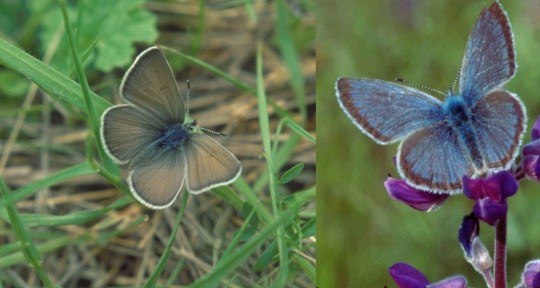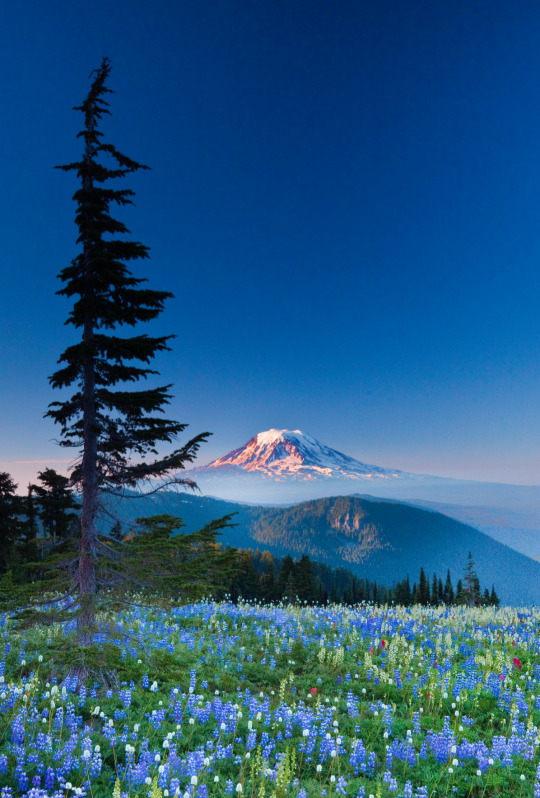#lupin flowers
Text

Lupin Field
Lake Tekapo, New Zealand
#🩷💜💙#lupin field#lake tekapo#new zealand#lupin flowers#flowers#nature#naturecore#nature colors#wlw#sapphic#sapphics#bisexual#bi#bisexual flag#bi flag#lgbt#lgbtq#lgbtqia#lgbtqia+#photography#places#aesthetic#a e s t h e t i c
106 notes
·
View notes
Text

Lupin Doggo - Botanimal Pet Portrait
#artists on tumblr#illustration#art#cute#km illustration#botanimals#pet portrait#doggust#lupin flowers
228 notes
·
View notes
Text


Pacific Northwest, Washington, USA by Austin Pedersen
#pacific northwest#washington#usa#landscape#mount#mountain#nature#flowers#wild flowers#flower field#lupines#nature aesthetic#petitworld
5K notes
·
View notes
Text



Lupines on a dark, windy day
#lupins#lupines#lupinus#floral#flowercore#plantcore#flower photography#flower field#meadow#nature#nature photography#scenic#original photographers#photographers on tumblr#latvia#lensblr#1k#2k#3k
3K notes
·
View notes
Photo

Boston Driveway
Inspiration for summertime concrete paver landscaping in the front yard of a huge farmhouse.
#purple and pink lupins#flower bed in front yard#lupin flowers#sweet william#vibrant#front yard flowers
0 notes
Text


“Shoreline Blossoms” by | Caroline Foster
Lake Tekapo, South Island, New Zealand
#lake tekapo#landscape#naturecore#florals#flowers#nature#wanderlust#spring#lupines#new zealand#curators on tumblr#uploads
2K notes
·
View notes
Text
In the Willamette Valley of Oregon, the long study of a butterfly once thought extinct has led to a chain reaction of conservation in a long-cultivated region.
The conservation work, along with helping other species, has been so successful that the Fender’s blue butterfly is slated to be downlisted from Endangered to Threatened on the Endangered Species List—only the second time an insect has made such a recovery.
[Note: "the second time" is as of the article publication in November 2022.]
To live out its nectar-drinking existence in the upland prairie ecosystem in northwest Oregon, Fender’s blue relies on the help of other species, including humans, but also ants, and a particular species of lupine.
After Fender’s blue was rediscovered in the 1980s, 50 years after being declared extinct, scientists realized that the net had to be cast wide to ensure its continued survival; work which is now restoring these upland ecosystems to their pre-colonial state, welcoming indigenous knowledge back onto the land, and spreading the Kincaid lupine around the Willamette Valley.
First collected in 1929 [more like "first formally documented by Western scientists"], Fender’s blue disappeared for decades. By the time it was rediscovered only 3,400 or so were estimated to exist, while much of the Willamette Valley that was its home had been turned over to farming on the lowland prairie, and grazing on the slopes and buttes.

Pictured: Female and male Fender’s blue butterflies.
Now its numbers have quadrupled, largely due to a recovery plan enacted by the Fish and Wildlife Service that targeted the revival at scale of Kincaid’s lupine, a perennial flower of equal rarity. Grown en-masse by inmates of correctional facility programs that teach green-thumb skills for when they rejoin society, these finicky flowers have also exploded in numbers.
[Note: Okay, I looked it up, and this is NOT a new kind of shitty greenwashing prison labor. This is in partnership with the Sustainability in Prisons Project, which honestly sounds like pretty good/genuine organization/program to me. These programs specifically offer incarcerated people college credits and professional training/certifications, and many of the courses are written and/or taught by incarcerated individuals, in addition to the substantial mental health benefits (see x, x, x) associated with contact with nature.]
The lupines needed the kind of upland prairie that’s now hard to find in the valley where they once flourished because of the native Kalapuya people’s regular cultural burning of the meadows.
While it sounds counterintuitive to burn a meadow to increase numbers of flowers and butterflies, grasses and forbs [a.k.a. herbs] become too dense in the absence of such disturbances, while their fine soil building eventually creates ideal terrain for woody shrubs, trees, and thus the end of the grassland altogether.
Fender’s blue caterpillars produce a little bit of nectar, which nearby ants eat. This has led over evolutionary time to a co-dependent relationship, where the ants actively protect the caterpillars. High grasses and woody shrubs however prevent the ants from finding the caterpillars, who are then preyed on by other insects.
Now the Confederated Tribes of Grand Ronde are being welcomed back onto these prairie landscapes to apply their [traditional burning practices], after the FWS discovered that actively managing the grasslands by removing invasive species and keeping the grass short allowed the lupines to flourish.
By restoring the lupines with sweat and fire, the butterflies have returned. There are now more than 10,000 found on the buttes of the Willamette Valley."
-via Good News Network, November 28, 2022
#butterflies#butterfly#endangered species#conservation#ecosystem restoration#ecosystem#ecology#environment#older news but still v relevant!#fire#fire ecology#indigenous#traditional knowledge#indigenous knowledge#lupine#wild flowers#plants#botany#lepidoptera#lepidopterology#entomology#insects#good news#hope
4K notes
·
View notes
Text

#photographers on tumblr#tumblr#photography#nature#weheartit#original photographers#digital photography#beauty#original photography#summer#cat#naturecore#nature photography#cute#artists on tumblr#art#life#mood#happiness#sunlight#green#grass#lupins#flowers#aesthetics#animal
1K notes
·
View notes
Text

Lupin Field
Lake Tekapo, New Zealand
#❤️🧡🤍🩷💜#lupin field#lake tekapo#new zealand#lupin flowers#flowers#nature#naturecore#nature colors#wlw#sapphic#sapphics#lesbian#lesbian flag#lgbt#lgbtq#lgbtqia#lgbtqia+#photography#places#aesthetic#a e s t h e t i c
67 notes
·
View notes
Text



~
#photography#nature#nature photography#flowers#lupine#lupine flower#landscape#landscape photography#trees#summer#sunny#my photos
1K notes
·
View notes
Text

Lily Seika Jones (@rivuletpaper)
892 notes
·
View notes
Text

Mount Adams, Gifford Pinchot National Forest, Washington, USA by Lee Rentz
#mount adams#mount#landscape#flower fields#flower field#washington#usa#wild flowers#nature#flowers#beautiful#lupines#nature aesthetic#petitworld
6K notes
·
View notes
Text
Sirius: you know James gives Regulus flowers all the time, I think you should do that too.
Remus: …okay…
*the next day*
Remus: *gives Regulus flowers
Regulus: ???
Remus: I don’t know, I’m confused as well
Sirius: I MEANT GIVE ME FLOWERS! NOT MY BROTHER!!!
Remus: WELL THEN SAY THAT!
Regulus: They’re lovely thank you
James: Don’t steal my man Remus!
Remus: I GIVE UP!
#marauders era#dead gay wizards#marauders incorrect quotes#regulus black#sirius black#james potter#remus lupin#jegulus#jegulus incorrect quotes#wolfstar#wolfstar incorrect quotes#moonwater#sunseeker#starchaser#remus and regulus were friends#regulus is confused#but down for some flowers
3K notes
·
View notes
Text


by Quang Le Hong
1K notes
·
View notes
Text




Liana Mikah
542 notes
·
View notes